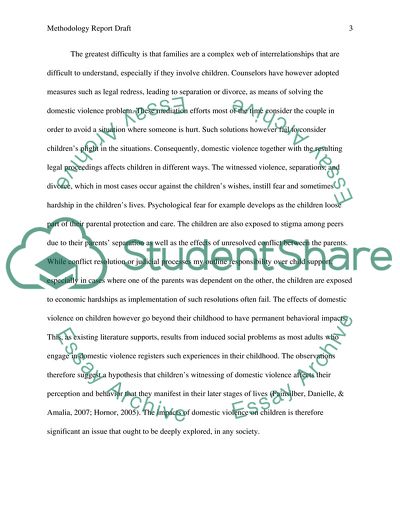Cite this document
(Adult Psychological Problems Research Paper Example | Topics and Well Written Essays - 2500 words, n.d.)
Adult Psychological Problems Research Paper Example | Topics and Well Written Essays - 2500 words. Retrieved from https://studentshare.org/psychology/1781284-final-methodology-report
Adult Psychological Problems Research Paper Example | Topics and Well Written Essays - 2500 words. Retrieved from https://studentshare.org/psychology/1781284-final-methodology-report
(Adult Psychological Problems Research Paper Example | Topics and Well Written Essays - 2500 Words)
Adult Psychological Problems Research Paper Example | Topics and Well Written Essays - 2500 Words. https://studentshare.org/psychology/1781284-final-methodology-report.
Adult Psychological Problems Research Paper Example | Topics and Well Written Essays - 2500 Words. https://studentshare.org/psychology/1781284-final-methodology-report.
“Adult Psychological Problems Research Paper Example | Topics and Well Written Essays - 2500 Words”, n.d. https://studentshare.org/psychology/1781284-final-methodology-report.


